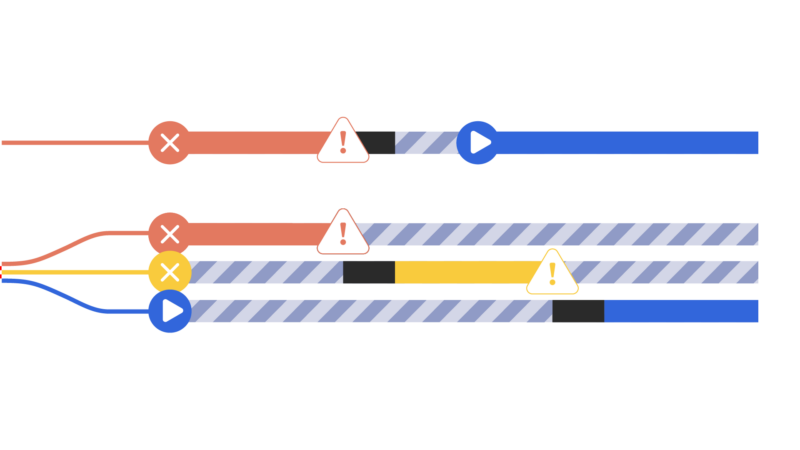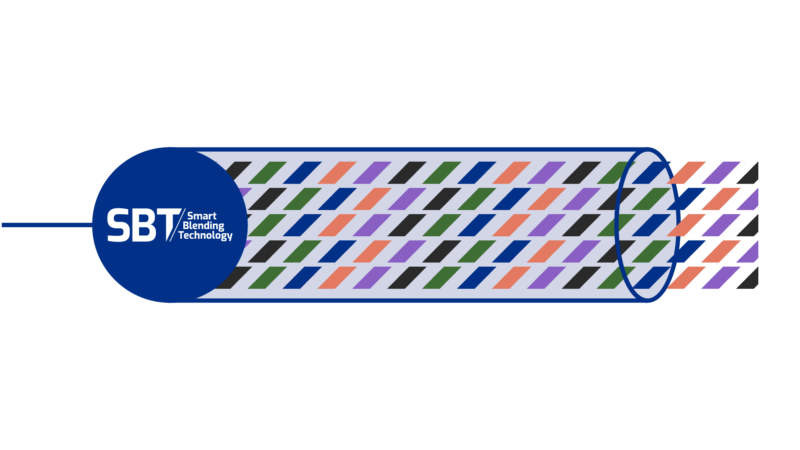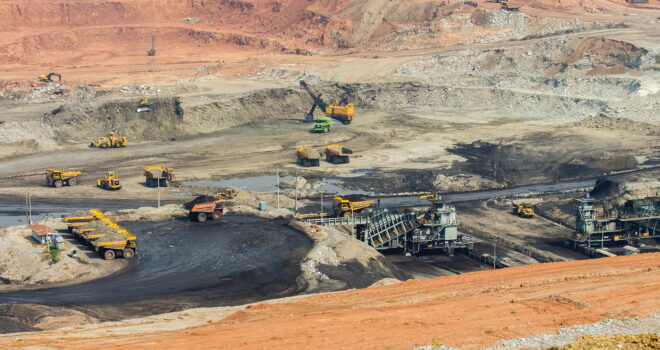Mining, oil & gas, forestry, and agricultural operations maintain real-time connectivity regardless of terrestrial infrastructure availability.
Blended Satellite Connectivity
Beyond satellite-only limitations
Satellite connectivity opens up the world – but it doesn’t have to work alone.
Traditional satellite solutions force you to accept trade-offs: high-latency, asymmetric speeds, weather sensitivity, and cost constraints.
What if you didn't have to choose?
Dejero Smart Blending Technology transforms satellite from a standalone solution into part of an intelligent network ecosystem. By seamlessly blending Low Earth Orbit (LEO), Geostationary Earth Orbit (GEO), and terrestrial connections, we deliver the reliability of satellite with the performance of terrestrial networks.
Single connection vs. Blended connectivity
Limitations
Satellite only: High latency, weather dependent, cost constraints
Terrestrial only: Coverage gaps, dead zones, congestion issues
Manual switching: Service interruptions, user management burden
Failover systems: Delayed switching, session interruption

Blended solution
Satellite only: Combined with low-latency terrestrial for optimal performance
Terrestrial only: Satellite backup ensures continuous connectivity
Manual switching: Seamless automatic optimization
Failover systems: Instant packet-level routing

Real-world applications
Remote operations

Emergency response
First responders and disaster recovery teams stay connected when terrestrial networks fail or are overwhelmed.

Maritime & aviation
Continuous connectivity for vessels and aircraft with automatic switching between satellite and terrestrial as coverage allows.

Broadcast & media
Live reporting from anywhere in the world with broadcast-quality reliability and performance.
“Dejero is in a league of its own when it comes to critical connectivity in mobile and nomadic scenarios.”
Tom Jennings
The future is blended
Connectivity isn't an either/or decision. The most reliable communication strategies combine the global reach of satellite with the performance and cost-effectiveness of terrestrial networks. Ready to eliminate dead zones?